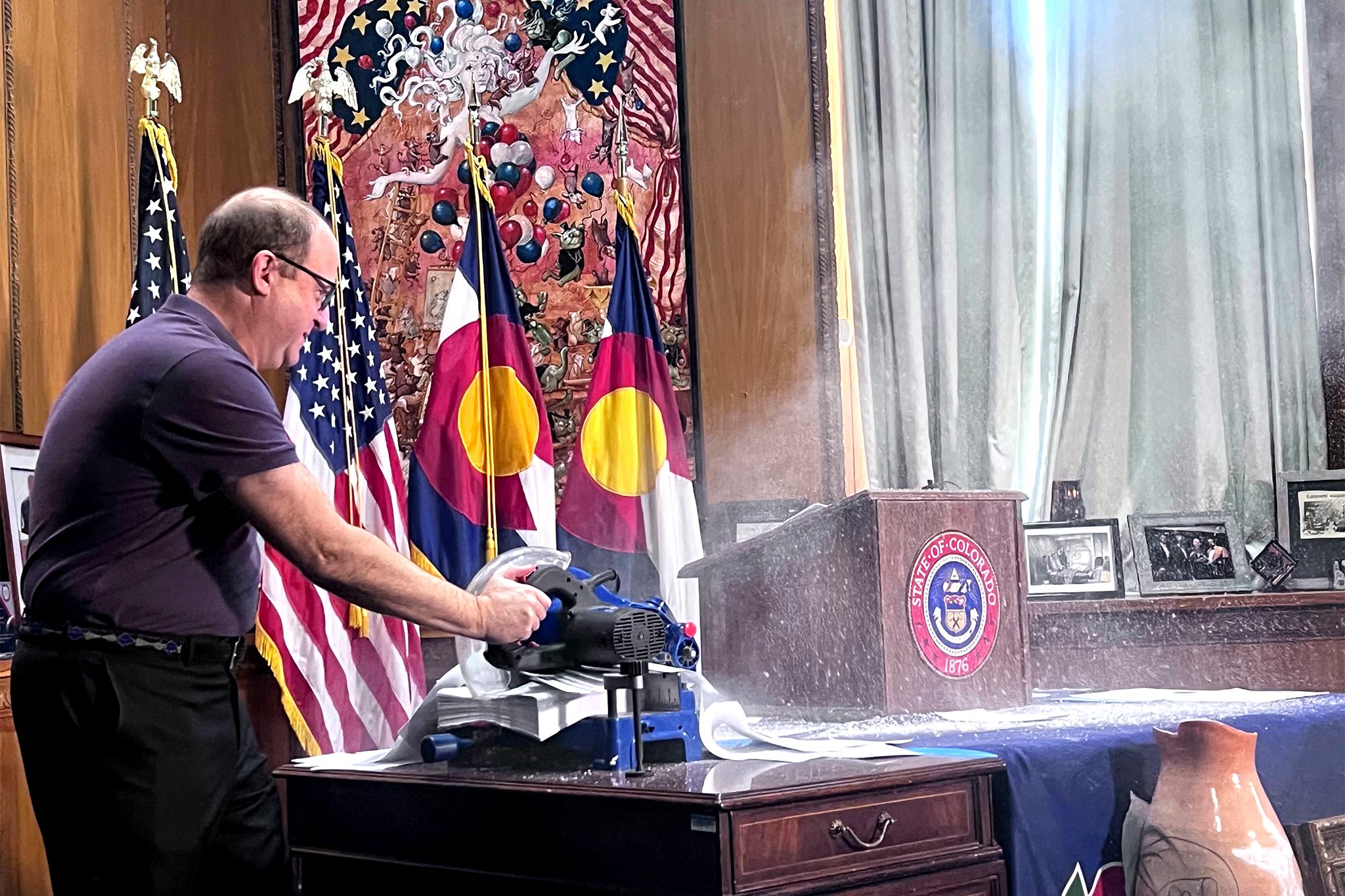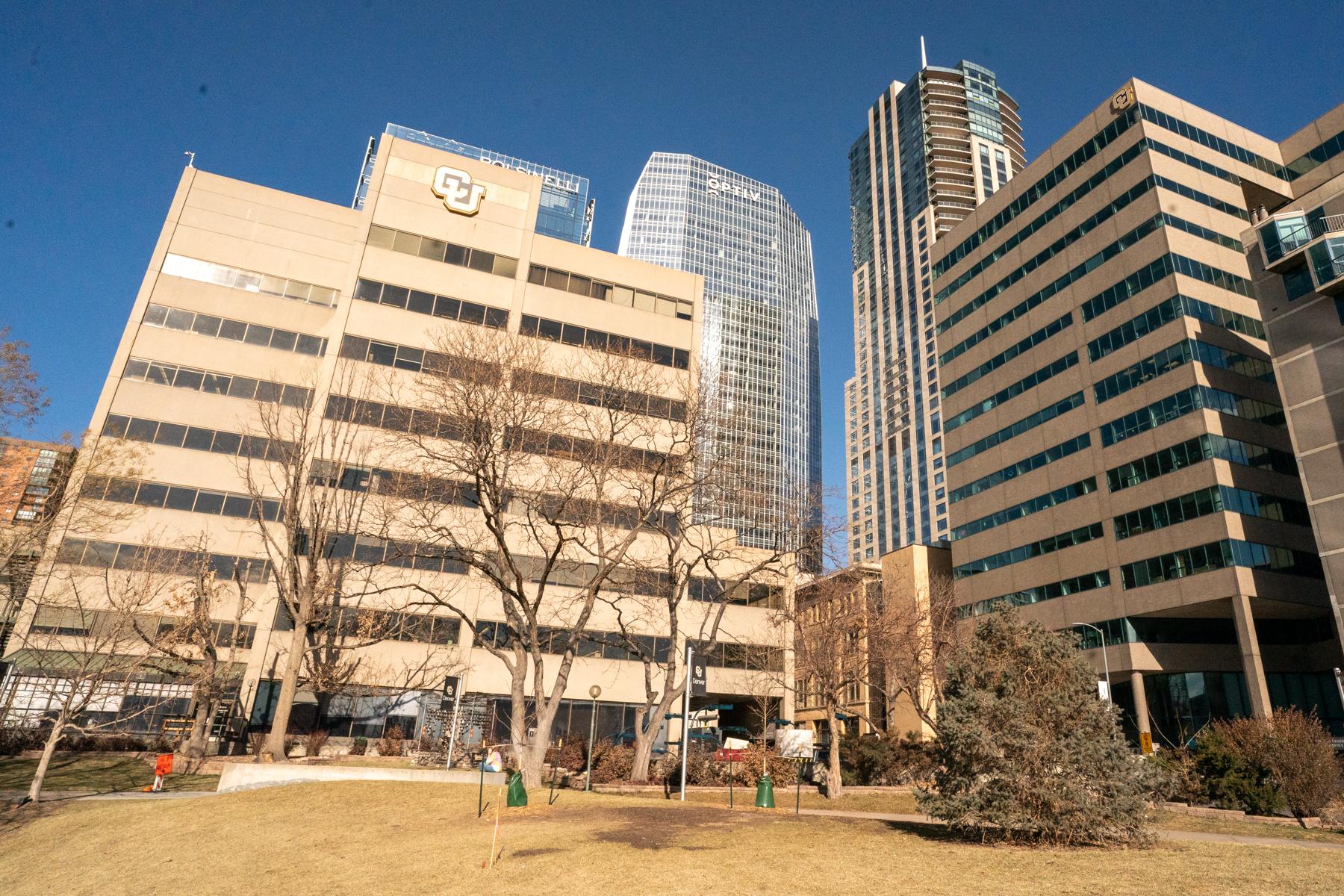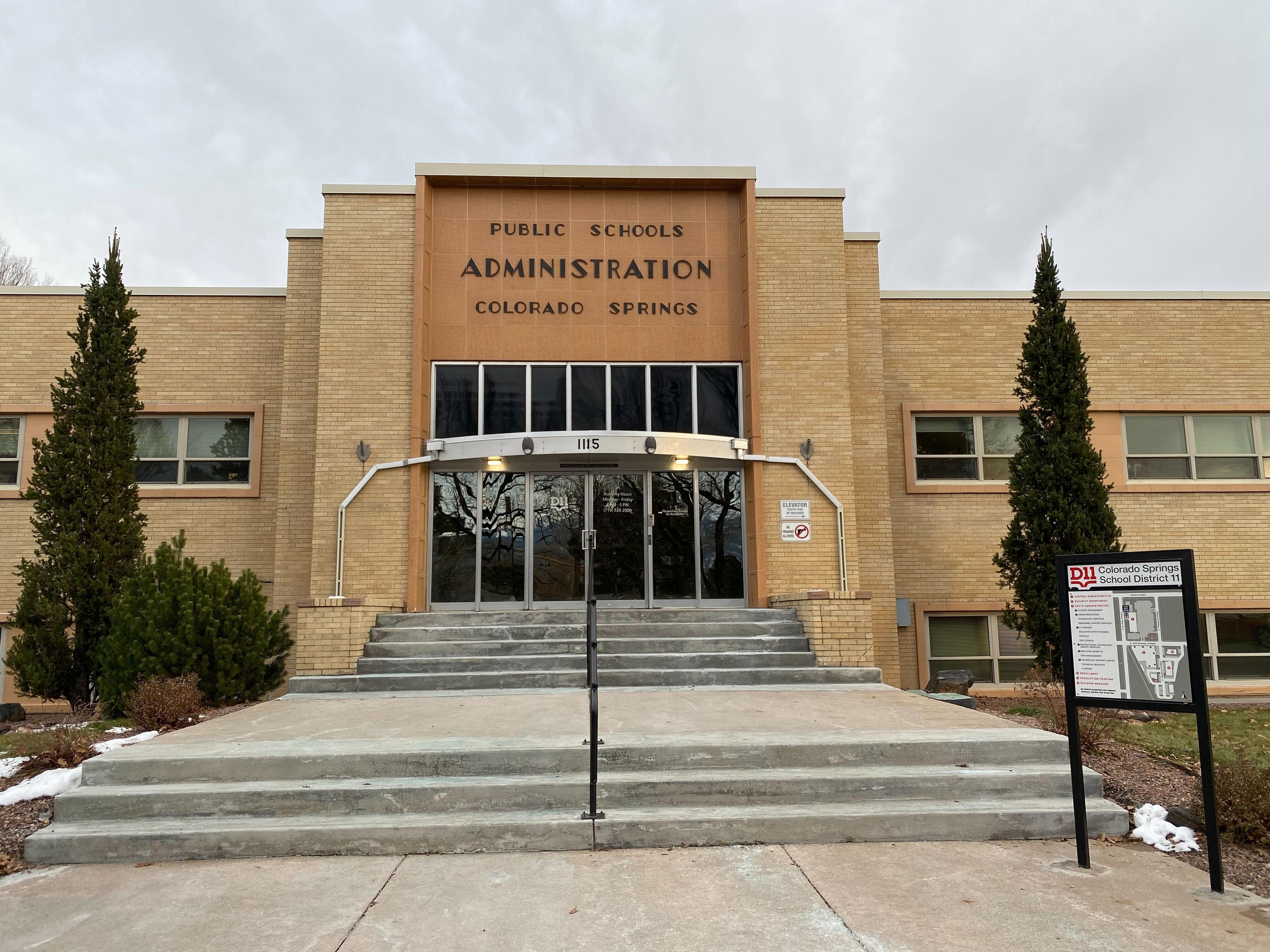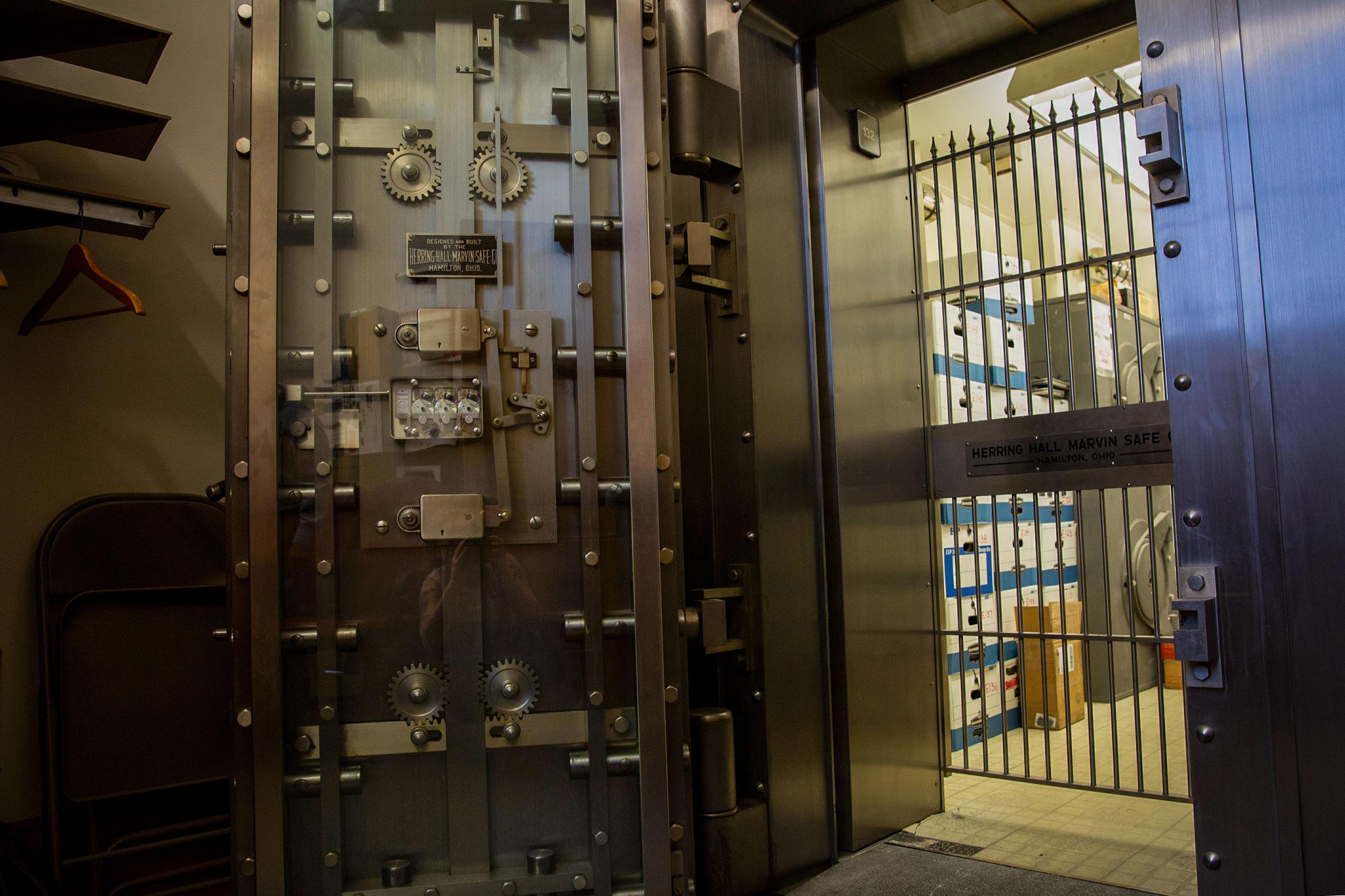
The commonplace lost and found is home to a dropped glove or a jacket forgotten in a hurry, but the state’s lost and found — managed by the state treasurer’s office — is a treasure-trove.
Colorado’s Unclaimed Property Fund, created in 1987, is also known as The Great Colorado Payback. It holds things like vintage baseball cards, war medals and jewelry in a giant picturesque vault at the back of the state treasurer's office. They also manage a figurative piggy bank that holds close to $1 billion in cash.
Cash that belongs to people like third-generation Coloradan Nora Lund.
“Somehow (that money) ended up in this program and it kind of irritated me,” Lund said with some exasperation. “It's like, why does this happen?”
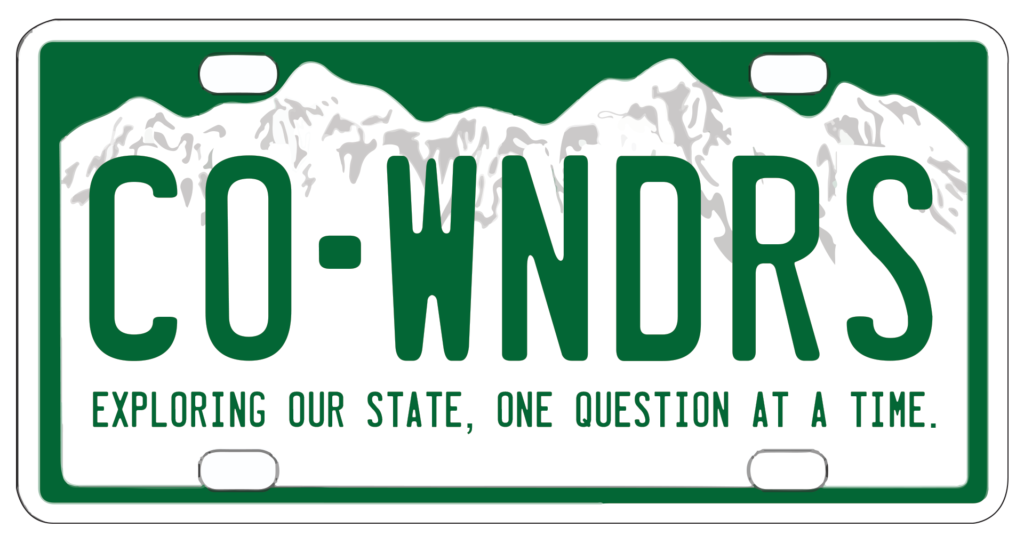
Her unexpected return of $750 was rebates and repayments that somehow never reached her. That got her wondering about what else could be in the fund, so she went online and keyed in phrases like ‘city of’.
What she found really bothered her. It wasn’t just private citizens who were missing money. City and state departments, schools and libraries all appeared to have their own small caches waiting to be collected. There were thousands of line items. Lund had a lot of questions for Colorado Wonders.
Why Does The State Have My Money?
Like many time-honored American traditions — whiskey and fried food come to mind — the concept of unclaimed property was first established in feudal England.
Escheatment law is the power of a state to acquire property for which there is no owner. It has evolved into a consumer protection program that not only protects the owners of that property, but also their heirs and estates.
This is both intangible things, such as checking and savings accounts and unpaid wages, and tangible items like gift cards or safety deposit boxes that have been abandoned. It does not include real estate or vehicles.
The business holding those funds is required to make an effort to contact the owner of that property. If that is unsuccessful they are required to return that asset to the state of the owner’s last known address. For each state that time frame varies. Here in Colorado it’s five years.
Why Does The State Have My City’s Money?
The City of Aurora has a built up a balance of unclaimed property from things like checks written out to the city that were never cashed or overpayments on a balance due that no one requested a refund for. The city had 80 different claims totaling just over $13,000, but on their own most of the claim amounts weren’t significant.
“We had one on there for 44 cents, right up to $900,” said Trevor Vaughn, Aurora’s tax and licensing manager. “Most of the items are actually smaller dollar amounts.”
The process to reclaim that money can be time consuming. Typically each item would require an individual claim form and documentation, but the state was able to reduce the amount of work he had to do.
“I actually contacted the state directly and they simplified the process by sending me three consolidated claim forms,” he said.
Vaughn then had the burden of proof, which meant rounding up receipts and records.
“The identification of the individual claiming the property, taxpayer identification and demonstrating that the address that it's assigned to belongs to the city,” he said. “The form has to be signed and notarized and then we upload it to the state's website as a submission.”
Done and done, right? For Vaughn that wasn’t the case. He first completed that process in 2016 and never heard back.
“I did a cursory review without checking every single item, but basically every item I checked was still not received by the city from that 2016 claim,” he said.
Leaving the money sitting in limbo wasn’t an option for Vaughn. Though that amount of money wouldn’t move the needle for a city that manages millions of dollars each year, he said it was enough of a balance that it had value.
“Twenty bullet proof vests, I think would be around $10,000. Maybe a K9 unit or, you know, maybe a new riding lawn mower,” he said.
Vaughn submitted those same claims again in July and he’s had success. Of the three claims he’s filed two have been returned. This time around the state has been quick in response.
The difference in Vaughn’s experience this year as opposed to three years ago all started when Walker Stapleton was the state treasurer.
Stapleton said his main goal in during his tenure was to increase the number of people submitting claims. He started by making the public more aware they might have money waiting for them. Do you remember those commercials of him on the field at the Broncos’ stadium?
That campaign was so successful it almost backfired.
“The number of claims calls shot up very quickly and we did not have the corresponding staff or technology to handle the upswing in claims,” Stapleton said
This also illuminated other problems he had to address: an antiquated database, staffing improvements and a change to the way the state communicated with claimants.
“During my time in office, we returned more than $192 million,” he said. “More than 50 percent of all the money that has been returned through the program was returned during my eight years as treasurer.”
Bianca Gardelli, the current director of the unclaimed property fund, has significantly decreased the backlog. When she arrived there were more than 12,000 unresolved claims. Now there are 1,500. She’s also continued to make improvements to the system.
“Claimants can go online and actually find property and start the claim there,” Gardelli said. “They can also upload their documents there. It's not only scanning, but emailing rather than putting a letter in the mail.”
The unclaimed property division still has significant problems with its claims system. That's the conclusion of a report released by the Office of the State Auditor after reviewing the last five years of claims records. This was the first state audit of the division since it was started in 1987.
Committee Chair Sen. Nancy Todd gave a nod to the work that the new administration has done over the past year but said there are still plenty of improvements to be made.
“There has been some remedy, but obviously still very concerned about the backlog,” said Todd, a Democrat from Arapahoe County. “And there was also a real genuine concern of, just the process, of how long and how cumbersome it is for people to get their property back.”
Current State Treasurer Dave Young agrees with assessments made in the audit and said the agency has made strides in addressing the issues.
“The hardworking staff in that division have reduced the backlog of unprocessed claims by 80 percent,” he said. “All the while, they were processing incoming claims — over 16,000 claims — all within 90 days.”
Wait, Does The State Do Anything With This Money?
Your money really does just sit there. Sort of. Federal unclaimed property law says that states have to hold those funds in perpetuity. Whenever someone comes to collect, the state has to pay up — but that doesn’t mean the state can’t spend out of the fund.
Young said legislators have been tapping the fund for decades.
“They actually used some funds during the last recession,” he said. “We've had Cover Colorado. It was to cover people that couldn't actually buy health insurance. We have the adult dental benefits for Medicaid that's paid out of there.”
Just this year the legislature tapped $30 million for transportation and roads and $30 million annually through 2023 for affordable housing. These decisions spark controversy. Walker Stapleton has always vehemently opposed this kind of spending.
“Historically, the unclaimed property trust fund has been raided by the legislature for all sorts of different uses that it wasn't set up in the first place to address,” he said. “I think its purpose should be protected by the legislature. It wasn't intended to fix holes in our budget.”
Treasurer Young, a former budget writer for the state, is more sympathetic to budget woes, but still cautionary.
“This is not ‘the people's money,’ this is individual people's money,” he said. “And the reality is if claimants came and we had spent enough of this principle that we couldn't actually return the money the general assembly would have to come up with the money out of the general fund to make good on those claims.”
Debates over spending the fund will continue as long as there is a giant pile of cash sitting there unclaimed. However, there was some spending that even Stapleton approved of: the interest earned.
“If the state has decided to sell a very valuable piece of jewelry for $250,000, that sits in a fund,” he said. “And just like your checking or your savings account, you're earning interest on that. But, the state has accounts which have than $500 million in them earning a sizable amount of interest.”
Property owners don’t have any claim to that interest so Stapleton has no problem with the state spending it because they got it honest and it benefits state tourism.
The Colorado State Fair in Pueblo receives money from the fund and some money goes towards promoting outdoor recreation provided by organizations like Great Outdoors Colorado. Some money is funneled to help support public K-12 education as well. Though how often that happens is unclear because an estate must go unclaimed for 21 years before it can be liquidated and deposited into the State School Fund.
Editor's Note: This story has been updated to clarify where some of the funds generated by the property fund are spent in regards to marketing for Great Outdoors Colorado.

